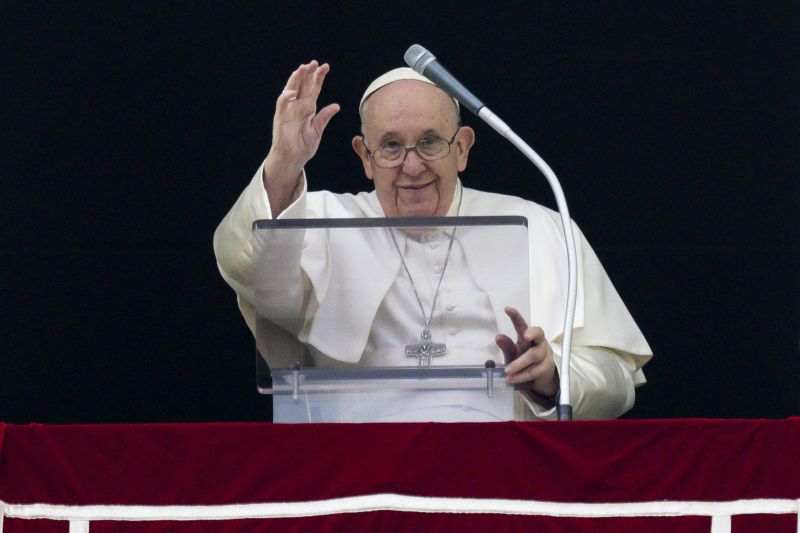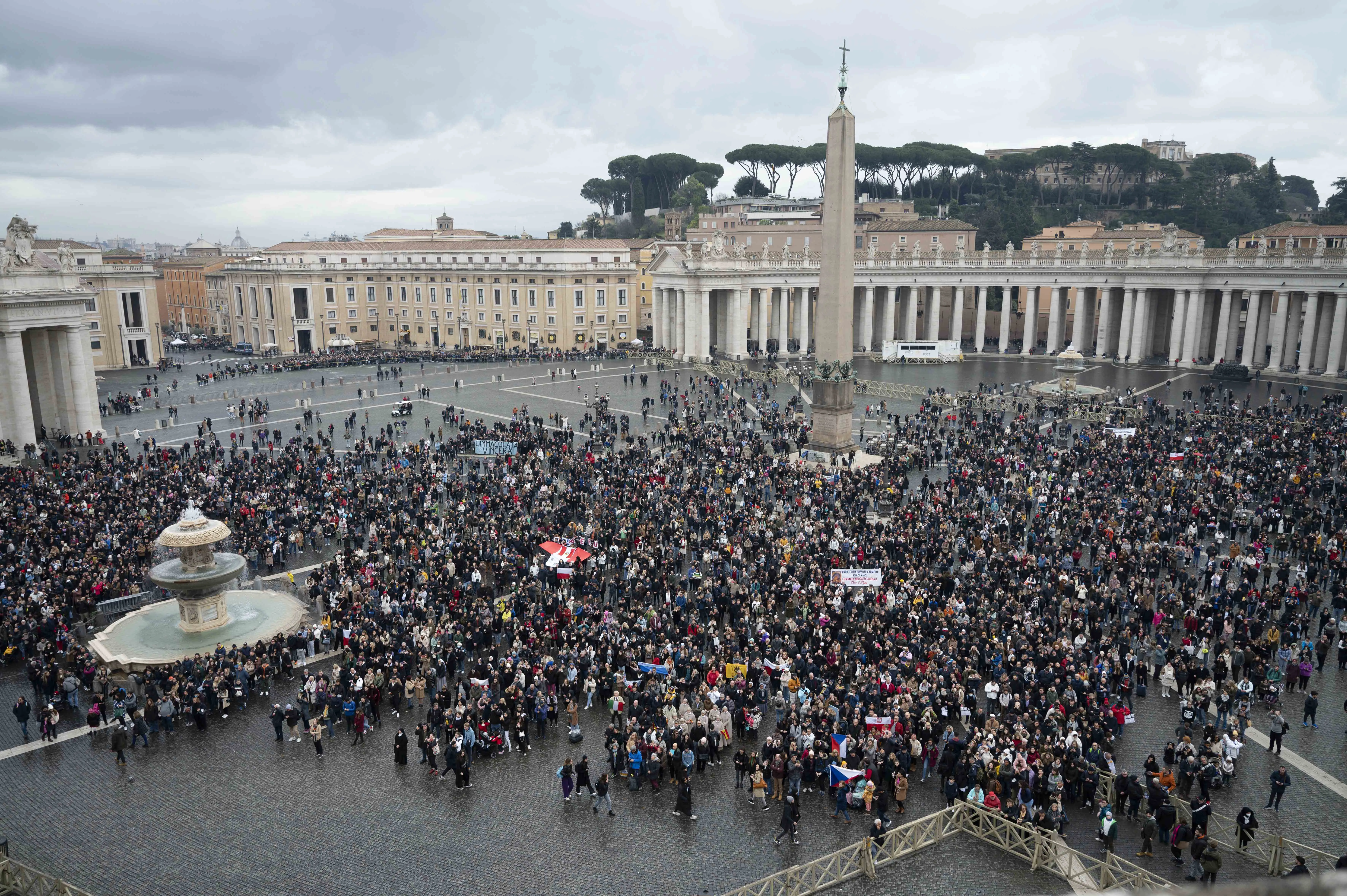
Vatican City, May 3, 2018 / 01:38 pm (CNA/EWTN News).- The Vatican issued guidelines and norms Thursday for calling for new courses in canon law, designed to respond to a worldwide, “urgent need” for more people with adequate training on the topic of marriage annulments in Church law.
The instruction, published May 3, notes that there is an “urgent need to have a greater number of clerics, laity and religious [who are] well trained in canon law… to make up for the shortage of competent staff in many dioceses of the world.”
Issued by the Congregation for Catholic Education, the instruction outlines how canon law faculties, departments, and chairs can add courses on marriage law for those who deal with issues related to marriage and declarations of nullity, or annulments.
The document notes that training programs should be developed for people who do not already, or do not yet, have an ecclesiastical degree in canon law, in response to a need which has become more acute following changes to the marriage annulment process in recent years.
This includes parish priests, who may be the first point of contact for people seeking an annulment or experiencing difficulties; as well as religious and lay people who work in family and marriage counseling. The instruction also encouraged canon law faculties offer training opportunities for bishops, and noted that initial training in theological disciplines should include some coursework in canon law.
The new norms allow for the creation of a curriculum leading to a certificate or diploma in Marriage and Procedural Law from a Vatican-established faculty of canon law.
The instruction reaffirms that certain offices within a tribunal, such as the judge, defender of the bond and the promoter of justice, must be held by an individual who has obtained a degree in canon law, noting that a diploma is an insufficient qualification. It does allow for the possibility that the Vatican could grant a dispensation for a person with a canonical “diploma” to serve in limited tribunal capacities, especially in the role of advocate.
The request “will be granted or denied keeping in mind canonical legislation, the situation of the tribunal and all the circumstances of fact,” the instruction states.
The instruction is a follow-up to Pope Francis’ September 2015 modifications to the canonical process for investigating the validity of marriages. Those made changes aimed at streamlining the process for obtaining a declaration of nullity, making it “faster and more accessible,” according to Pope Francis, while also affirming Catholic teaching on the indissolubility of marriage.
Archbishop Angelo Zani, secretary of the Congregation for Catholic Education, told journalists Thursday that following Francis’ reform of the tribunal process in 2015, it was apparent that there was a need for adequate academic preparation for those whose work is related to annulment cases.
He said there have especially been requests for better training from dioceses in Africa and South America.
The instruction and new norms were created in collaboration with Pope Francis; the Pontifical Council for Legislative Texts; and the Tribunal of the Supreme Tribunal of the Apostolic Signatura, which oversees diocesan tribunals.
The document underlined that “it is extremely urgent to not only have well-prepared canonists in the field of matrimony, but also in many other sectors of ecclesial life, among which is service in the administration of diocesan curias.”
If you value the news and views Catholic World Report provides, please consider donating to support our efforts. Your contribution will help us continue to make CWR available to all readers worldwide for free, without a subscription. Thank you for your generosity!
Click here for more information on donating to CWR. Click here to sign up for our newsletter.






Leave a Reply